All posts by Phil Kinnane
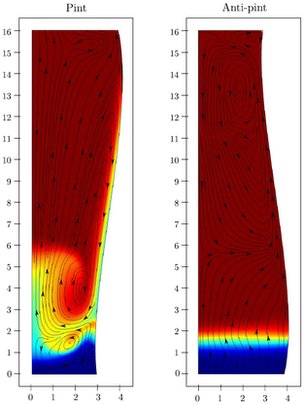
Model Explains the Sinking of Bubbles in Guinness
Before you drink your next pint of Guinness, have a close look at the bubbles in the brew, and see if they sink. Apparently they do. Now a group of scientists from the University of Limerick in Ireland (where else?) has modeled the phenomenon of sinking bubbles in Guinness beer to lend weight to this finding and provide a theoretical explanation.
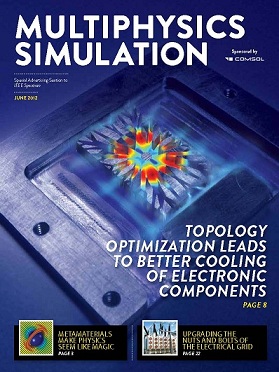
IEEE Spectrum’s Insert Cover Story Optimizes Electronics Cooling
The June issue of IEEE Spectrum included an insert focused on Multiphysics Simulation. This included a feature on cooling in hybrid cars, articles about metamaterials, the smart power grid, as well as biomedical applications.
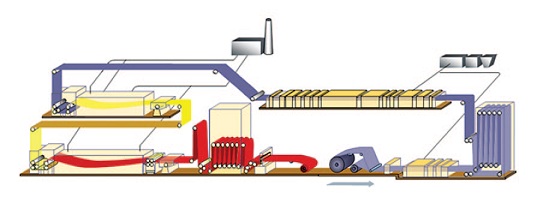
Giving the Power of COMSOL to the Operator
COMSOL News is now available in print and electronically, and you can request your copy of the multiphysics simulation magazine here. One of the great stories concerns a process engineer at Ruukki Metals in Finland, Mika Judin, who not only uses COMSOL to model and optimize his process, but lets the operators use the simulation too.
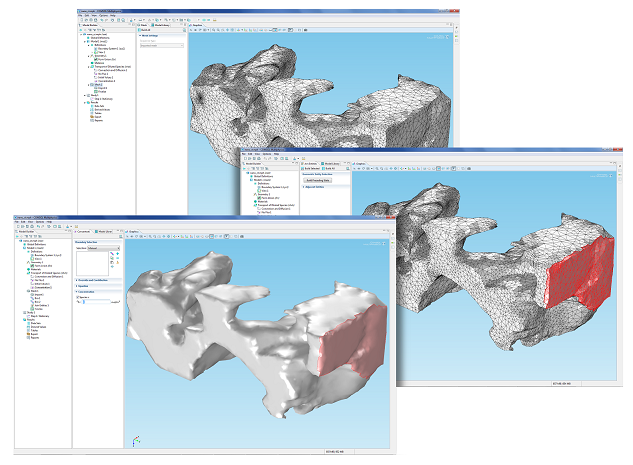
The Difficulties with Working with Nanoparticles
When it comes to the design of batteries, we want to maximize charge while minimizing volume and weight. The use of nanoparticles can help achieve these goals. However, as I was just reading in one of my favorite websites, Phys.org, it is very difficult to control the material properties when working with nanostructures.
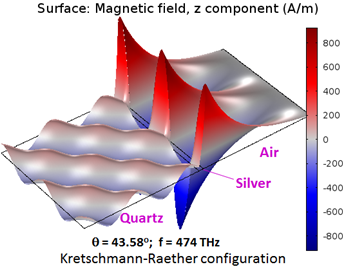
AltaSim Takes on Surface Plasmon Resonance Modeling
We’ve just got another finished article and layout back for COMSOL News and it looks as great as the others, but for different reasons. We usually ask a couple of our partners to write an article for COMSOL News to provide users with some more technical background to modeling. AltaSim Technologies, who are certified consultants and even run courses in COMSOL, have written an article about surface plasmon resonance.
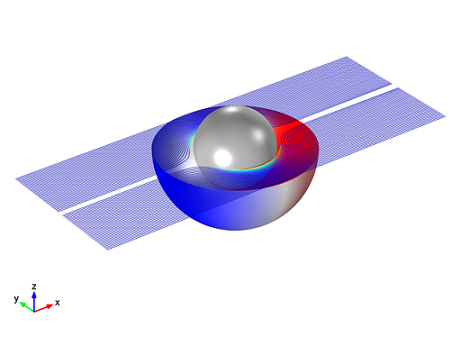
Design Materials to Exhibit Wanted Properties
I’ve just been reading my favorite news service, www.physorg.com, and noticed that cloaking is once again the topic of the day. While we have previously reported on a group out of Duke University, this article mentions a group from Ames Laboratory in Iowa. Similar to the Duke Group, Costas Soukoulis from Ames Laboratory also seems to have been at the forefront of this research.
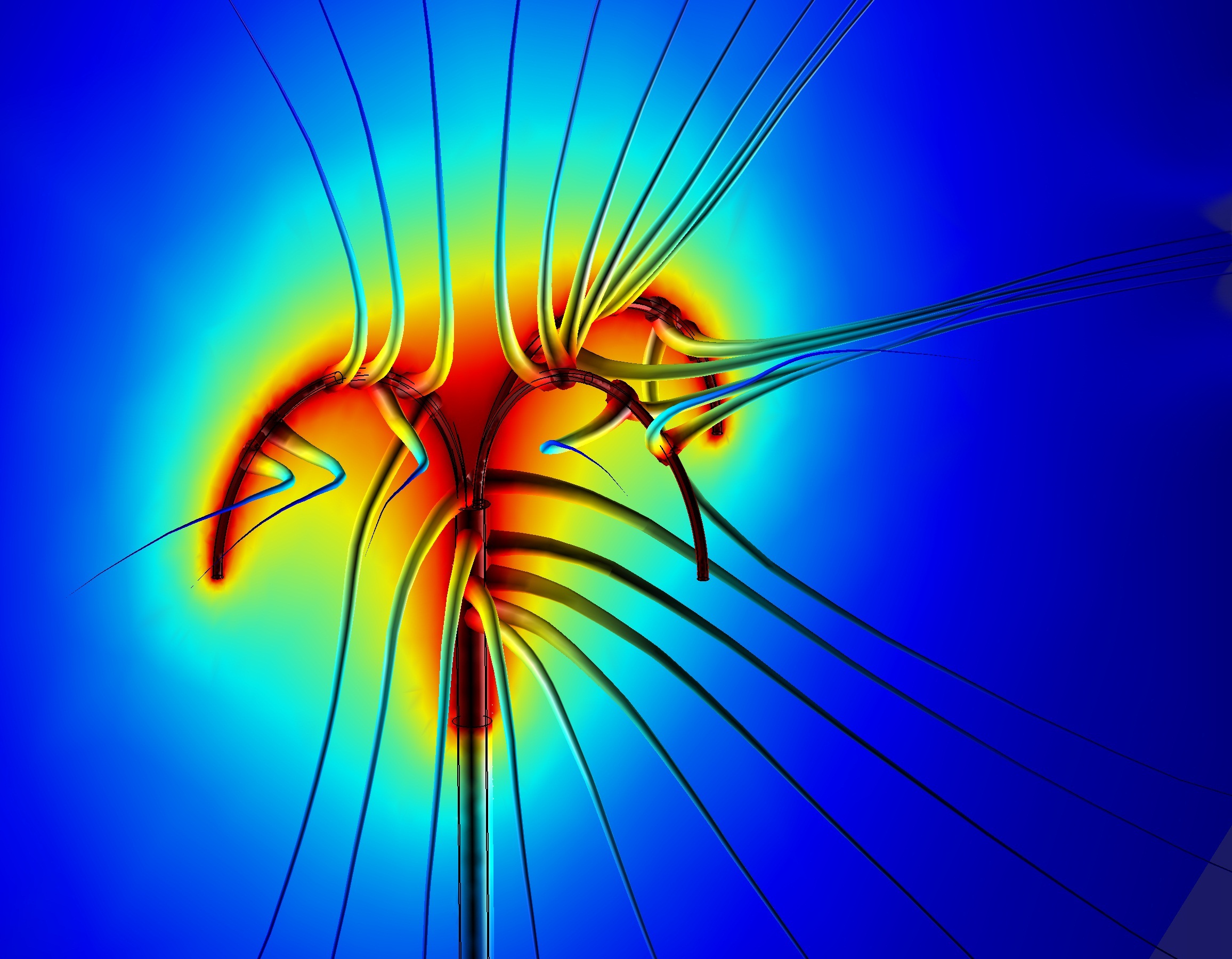
Therapeutic Heat, Electromagnetic and Electrochemical Treatment
A couple of days ago I blogged about the team at Lahey Clinic who are using COMSOL Multiphysics to model their neuromodulation therapy of patients. In their example, they place electrodes close to the spine and, through electric current, stimulate the area around these electrodes to relieve back pain. The reason why modeling is important for them is because it’s quite difficult to actually access these treatments to measure their effectiveness and possible detriments.
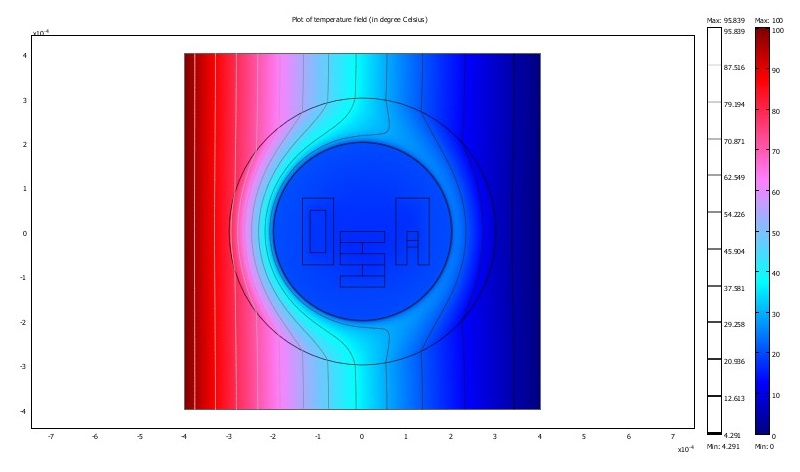
Now There’s Thermal Cloaking
As an avid reader of the physorg.com blog, I was pleasantly surprised to see a figure show up that could only have been made with COMSOL Multiphysics. Reading the article on thermal cloaking, I understood why.
